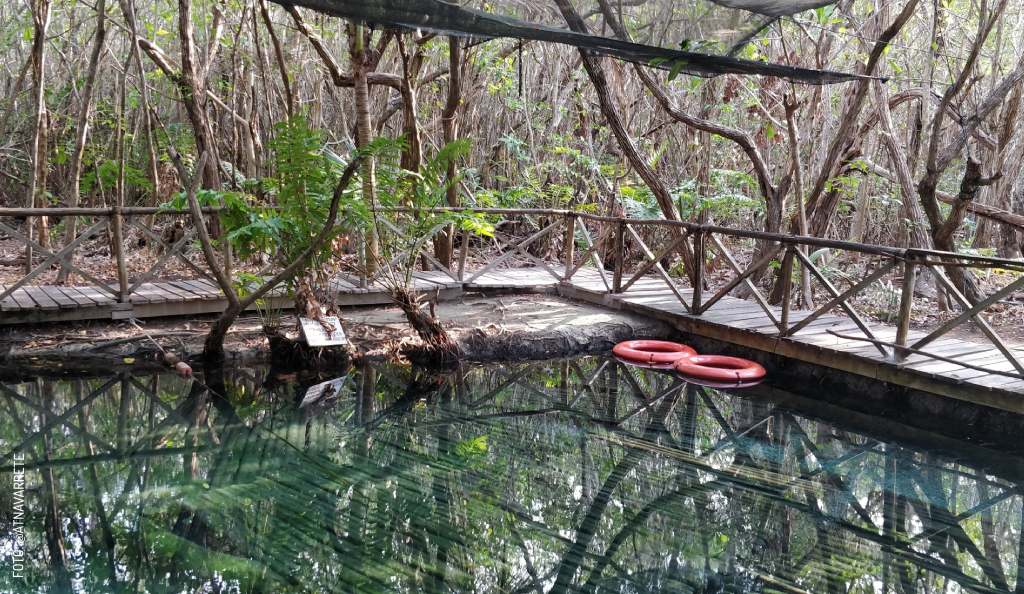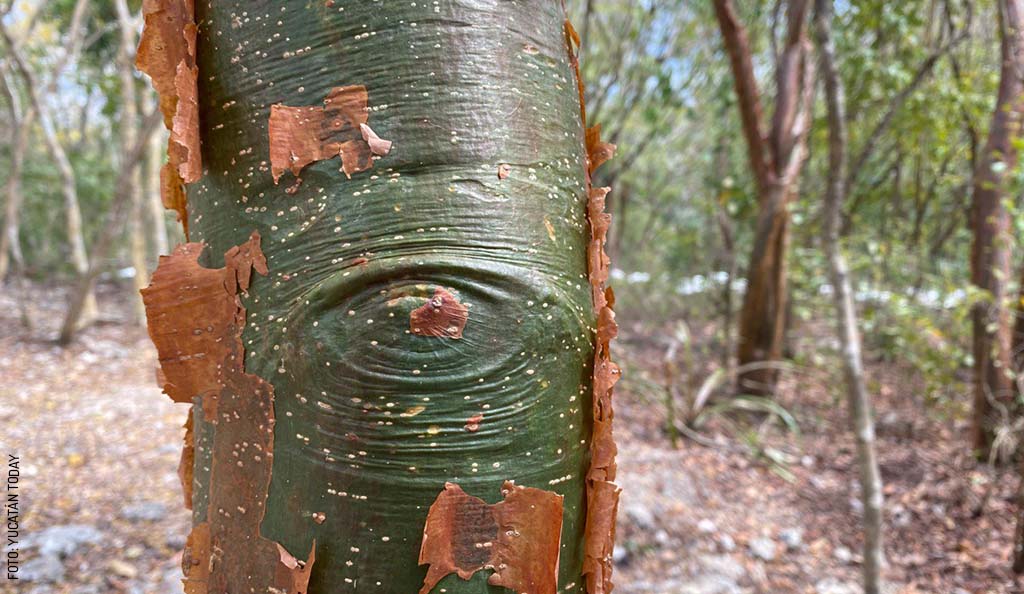
Chechén and Chaká: The Balance of Nature
Yucatán is a state brimming with culture and traditions, most of which are rooted in the beliefs of the ancient Maya. To this day, our state boasts a rich legacy of myths and legends that have captivated those who hear them for the first time.
One of the most well-known stories in our state is the legend of two native trees that curiously grow together: wherever there is a Chechén ( Metopium brownei , or Chechem in Maya), within a short distance you will find a Chaká ( Bursera simaruba , Chakaj in Maya) accompanying it—it's the balance of nature.
The legend of Chechén and Chaká
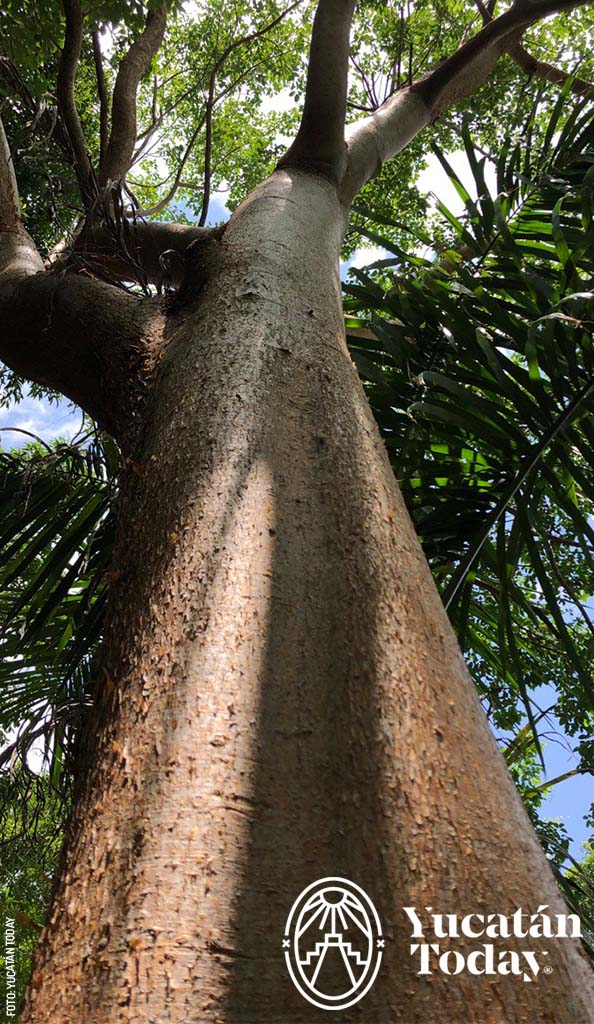 The legend tells of two Maya warrior brothers with opposite personalities. The older one, named Tizic, was an arrogant and cold-hearted man with a ruthless nature, who would attract pain and evil. The younger one, Kinich, was kind, gentle, and beloved by all who knew him, representing the powers of nature for good.
The legend tells of two Maya warrior brothers with opposite personalities. The older one, named Tizic, was an arrogant and cold-hearted man with a ruthless nature, who would attract pain and evil. The younger one, Kinich, was kind, gentle, and beloved by all who knew him, representing the powers of nature for good.
Both brothers fell in love with a maiden named Nicté-Há. Tizic challenged his younger brother to a deadly duel, all to win the love of the beautiful woman. Following their valiant combat, they both met their demise, one within the embrace of the other.
Upon descending to the underworld, the Maya warriors pleaded with the gods for a chance to return to the world of the living to see Nicté-Há once again. The gods granted their wish with the condition that they must return together.
Tizic was reborn as the Chechén tree, a toxic and perilous species whose resin inflicts burns and lesions on the skin. In the past, it was believed that even the tree's shade could cause harm. Kinich, on the other hand, was reincarnated as a Chaká tree, whose nectar serves as an antidote to the harm caused by the Chechén.
Today, both trees are used in traditional Maya medicine due to their beneficial and medicinal properties.
The truth behind the legend of Chechén and Chaká
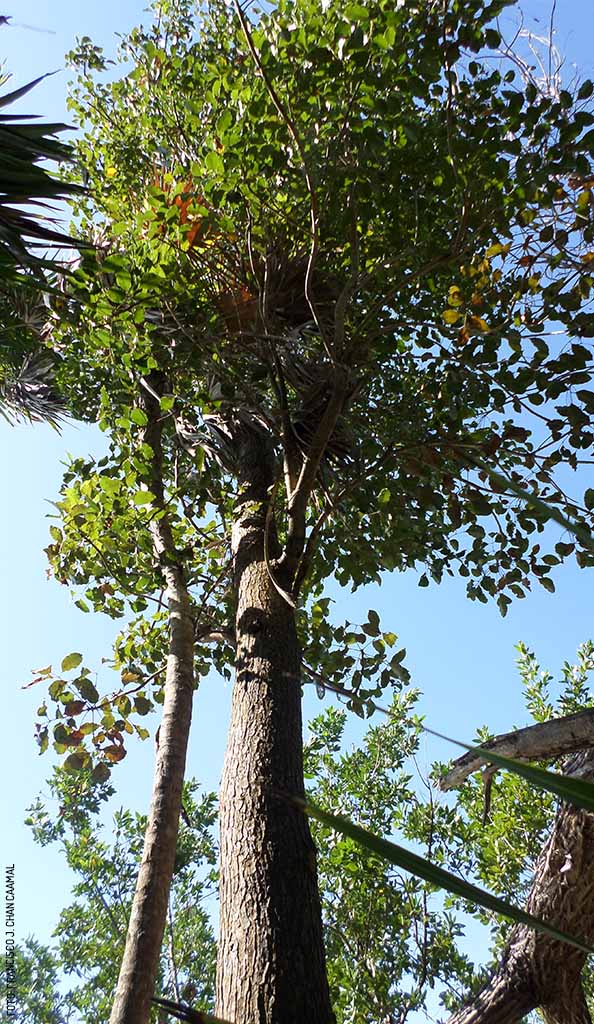 The chechén tree has a straight and very tall trunk, which can grow up to 115 feet in height. Its resin contains an oil called urushiol, which is so toxic that even the slightest contact with the tree can cause skin wounds ranging from eczema to dermatitis.
The chechén tree has a straight and very tall trunk, which can grow up to 115 feet in height. Its resin contains an oil called urushiol, which is so toxic that even the slightest contact with the tree can cause skin wounds ranging from eczema to dermatitis.
In some cases, damage can occur without direct contact: that's why it was believed that the "shade" of the tree was dangerous. However, it's the urushiol particles carried by the air that cause this effect. Regarding the cure, although you may prefer to consult a specialist, savvy locals crush the leaves of the Chaká tree and apply them to the afflicted region to relieve the itching caused by the Chechén tree's resin.
In most archaeological sites and tourist destinations, efforts have been made to limit the presence of the Chechén tree to protect visitors. Nevertheless, if you’ll be in contact with nature, it's not a bad idea to familiarize yourself with the appearance of this toxic tree to ensure you won't urgently need to find a nearby Chaká tree.
Photography by Francisco J. Chan Caamal, Josueme, and Yucatán Today for use in Yucatán Today.
First published in Yucatán Today print and digital magazine no. 429, in September 2023.

Author: Goretty Ramos
Feminist communicator with delusions of an artist and screen printer. Research, learn and share.
¿Enamorado de Yucatán? Recibe en tu correo lo mejor de Yucatán Today.
No te pierdas nuestros mejores artículos y la edición digital cada mes antes que nadie.
Related articles

Who are the Maya? Maya Trees
For the Maya, trees were essential to life; they held a deep respect for them, attributing various qualities. Learn more here.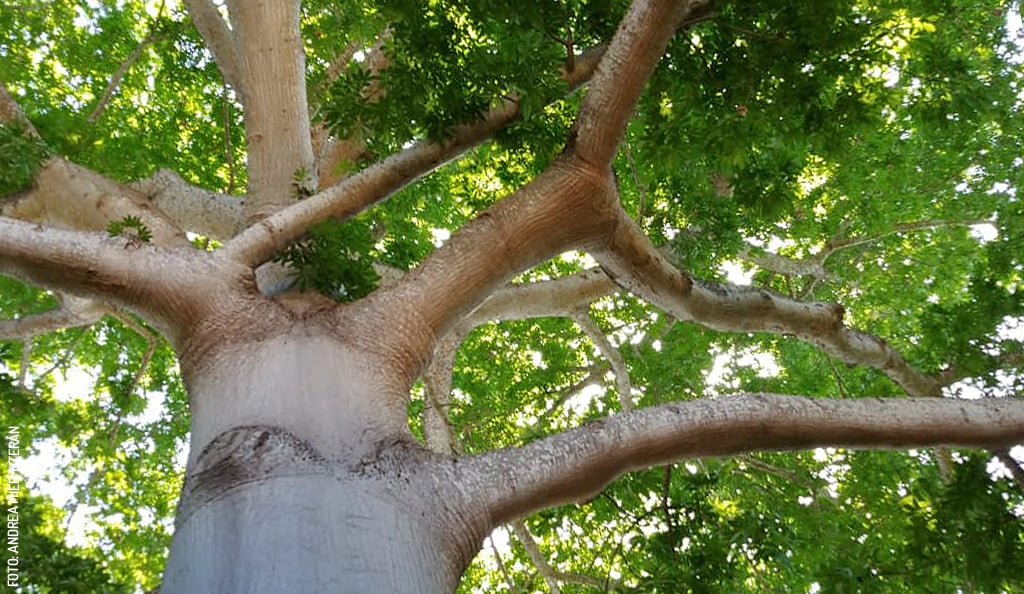
La Ceiba: Sacred Maya Tree
The ceiba tree (Ceiba petandra), known as Ya'axche' by the Maya, is sacred and revered by diverse prehispanic cultures in Mesoamerica, including, of...